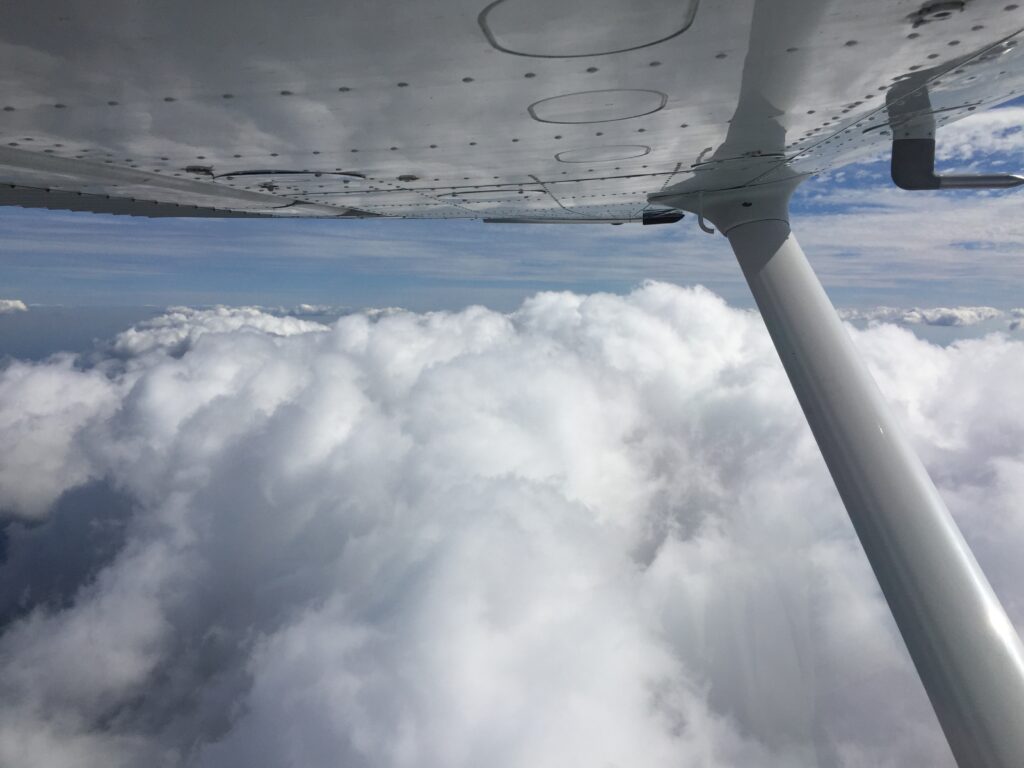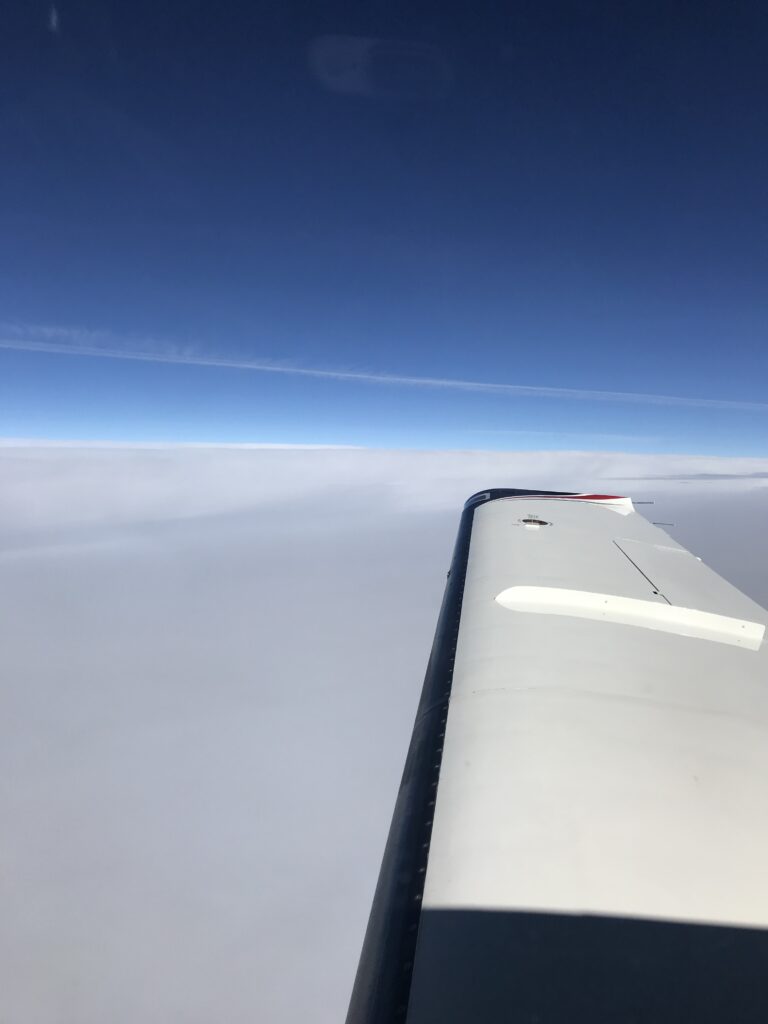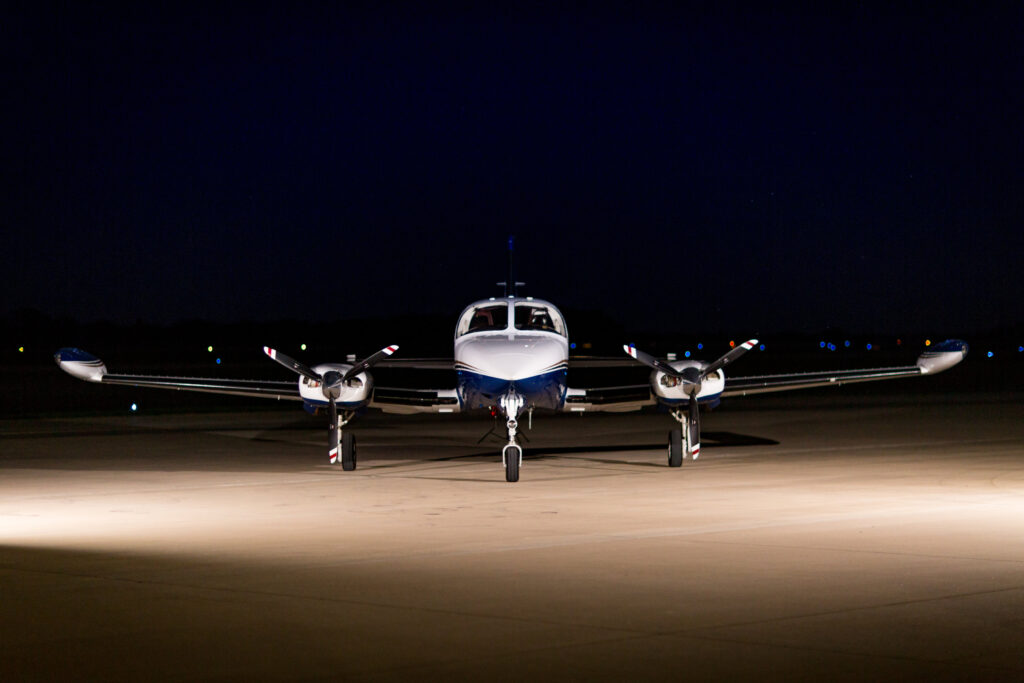Flight Training
Private Pilot License
To become a private pilot and obtain a license from the Federal Aviation Administration (FAA), you must meet the following requirements: Age: Be at least 17 years old Language: Be able to read, write, and speak English fluently Medical certificate: Obtain a third-class or higher FAA medical certificate Ground training: Complete ground training from an authorized instructor or through a home-study course Knowledge test: Pass the FAA written exam with a score of at least 70% Flight time: Log at least 40 hours of flight time, including 20 hours of flight training with an instructor and 10 hours of solo flight Practical exam: Pass the FAA practical exam, which includes an oral exam and a demonstration of required skills


Instrument Rating
The instrument rating requirements, as specified in 14 CFR 61.65, are summarized here: A person who applies for an instrument rating must: Hold at least a current private pilot certificate or be concurrently applying for a private pilot certificate with an airplane, helicopter, or powered-lift rating appropriate to the instrument rating sought. Be able to read, speak, write, and understand the English language. You must have logged the following: At least 50 hours of cross-country flight time as pilot in command. At least 10 of these hours must be in airplanes for an instrument-airplane rating. A total of 40 hours of actual or simulated instrument time on the areas of operation listed in 61.65(c). At least 15 hours of instrument flight training from an authorized instructor in the aircraft category for the instrument rating sought. For instrument-airplane rating, instrument training on cross-country flight procedures that includes at least one cross-country flight in an airplane that is performed under instrument flight rules. This flight must consist of: A distance of at least 250 nm along airways or ATC-directed routing. An instrument approach at each airport. Three different kinds of approaches with the use of navigation systems (Example: ILS, VOR, GPS, etc). At least 3 hours of instrument training that is appropriate to the instrument rating sought from an authorized instructor in preparation for the checkride within two calendar months before the examination date.
Commercial Rating
To obtain a commercial certificate in an airplane under FAR Part 61 rules a pilot must have: 250 hours of flight time, 100 hours of which must be in powered aircraft, and 50 must be in airplanes. 100 hours of pilot-in-command time, 50 of which must be in airplanes. 50 hours of cross-country time, 10 of which must be in an airplane. 20 hours of training, including 10 of instrument, 10 of complex or TAA, and a smattering of cross-country and practical test preparation. 10 hours of solo training, including a smattering of cross-country and night. Additional class ratings, such as adding a multiengine rating to single-engine commercial pilot certificate or adding a single-engine rating to a multiengine commercial pilot certificate, will take additional training in that class. FAR 61.129 has all the specifics.


Multi Engine Rating (coming soon!)
Contact us for more information on our multi engine program coming soon.
F.A.Q.
The cost of each rating is depending on the individual and how frequently a student is taking lessons. for example, if a student is flying 3 times per week as opposed to a student flying once every 2 months, the cost will be significantly lower due to not having to relearn the same information caused by infrequent flying. Taking lessons on a regular schedule will help with retention of the information covered in each flight.
This also depends on how often you fly. The more frequent you fly, the quicker you can complete your training. Flight training requires dedication.
We are currently working with financing options to help fund your dream of becoming a licensed pilot. We will announce options as they become available in the coming weeks.
